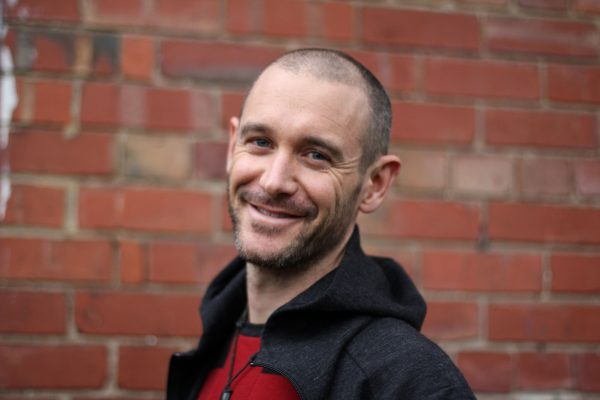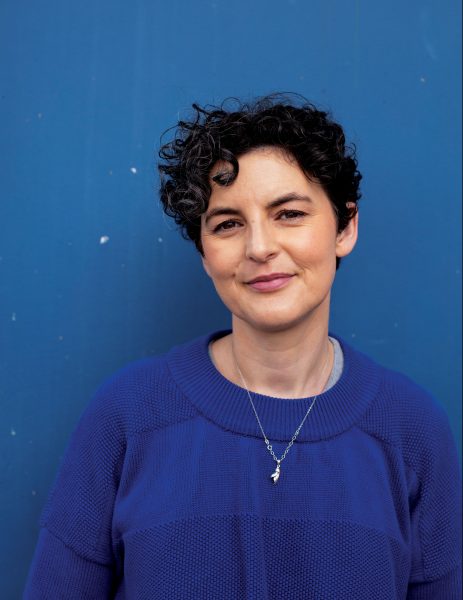Them and us
Not long ago, farms were considered the lifeblood of communities, crucial suppliers of local produce as much as they were businesses that supported the local economy. More recently, however, farmers have been cast as industrial-scale polluters and corporate profiteers. What on Earth went wrong?
The change in public attitudes to farming has been a gradual erosion of trust that can be traced back to October 16, 2001, the day that dairy went corporate.
“New Zealand now produces enough milk for 45 million people, more than 90 per cent of it is going to people abroad,” says Daniel Tisch, a doctoral candidate at University of Auckland’s School of Business. “So the stakeholders are no longer just the local communities, but international markets too.”
Tisch has been interviewing farmers around the country to understand how they make sense of the dramatic changes shaping their businesses.
“People in local communities used to understand where milk came from, it was a health product distributed in schools,” said one Northland farmer interviewed by Tisch. “We were promoting the goodness of milk, but Fonterra dropped the ball. Young people don’t know where their food comes from now, they just see an industry that pollutes and sends milk overseas.”
New Zealand society has benefited from the international trade of dairy products, but it’s changed the structure of rural communities—dairy farms are being purchased by investors and run by sharemilkers which has a social impact say Barry and Kate Came, long-time dairy farmers interviewed by Warren Judd in this issue. “Most of those who work on farms are now transitory workers who’ll only be there for a year, two at the most. They have no roots in or commitment to the local community,” says Kate.
It’s changed the public conversation too. The scrutiny applied to environmental compliance has been alienating and distressing for farmers, as has been public criticism of run-off and effluent entering rivers and streams. Farmers are also being encouraged to expand and intensify by Fonterra and the government, which is betting the farm on a doubling of agricultural production by 2025.
“There’s a lot of uncertainty out there,” says Tisch. “And a bit of shame. Farmers don’t know how to address the problems and they feel like they’ve been broadsided. It’s their land, they want to do what they want with it, but they’re afraid to say something in public that will implicate themselves or the industry.”
The parties have become opponents and the conversation has stalled, despite shared values.
“Farmers care deeply about the environment, that’s come through very strongly in my research,” says Tisch. “But the corporate conversation will only be changed when the situation becomes intolerable to a larger and larger number of people; when enough people no longer feel safe swimming in their rivers, and farmers are forced to reflect that outlook in the executives they vote to the board.”
The challenge for farmers is to balance their dual responsibility to an international customer and a local community.
That message need not be conflicted—the international image of New Zealand commodities benefits enormously from the ‘clean, green’ story. If that image is eroded, the value of the commodity will suffer, if it’s enhanced, everyone benefits.
Rather than facing off as opponents, it’s time to re-connect industry and community, something that made its first tentative steps during the Living Water public open days in April—a new partnership between Fonterra and the Department of Conservation, and the opportunity for a new conversation to begin.















